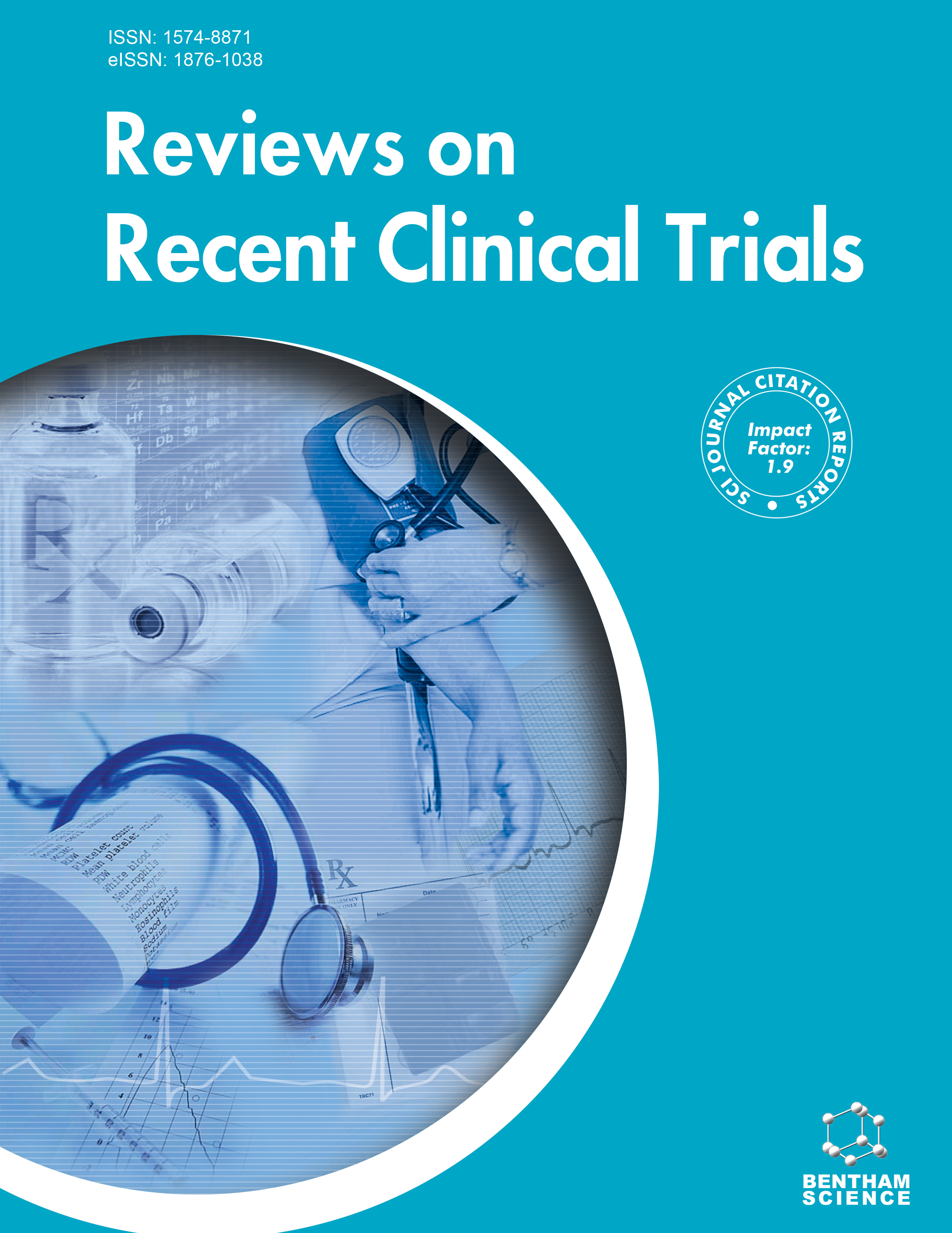
Full text loading...
We use cookies to track usage and preferences.I Understand
Management of infections in heart transplant recipients is complex and crucial. In this population, there is a need for a better understanding of immunosuppressive trough levels (C0), infectious complications, and urinary tract infections (UTIs). The purpose of this review was to understand the association between immunosuppressive trough levels and UTIs after heart transplantation. A review of scientific literature (n= 100) was conducted based on the topic of interest by searching PUBMED.Gov (https://pubmed.ncbi.nlm.nih.gov/), Web of Science, and Scopus. The analysis of bacterial pulmonary infection required the occurrence of new or deteriorating pulmonary infiltrates and the development of organisms in cultures of sputum specimens. The diagnosis of UTIs was based on the result of related signs, pyuria, and a positive urine culture. The incidence of UTIs was reported as 0.07 episodes/1000 regarding heart transplantation days. An eightfold increase in the rate of rejection was noted in heart transplant recipients with higher variability in tacrolimus C0. There are associations between C0 of immunosuppressive drugs and clinical presentation of infection complications. Recipients with a low metabolism of immunosuppressive drugs are more susceptible to infectious complications. Attention to the biology of herpes viruses, Escherichia coli, Enterococcus spp., Pseudomonas aeruginosa, and Staphylococcus saprophyticus after heart transplantation are important, in which some of them are the most common pathogens responsible for UTIs. Pneumocystis and cytomegalovirus affect all transplant recipients. Pneumonia due to bacterial, viral, protozoa, and fungal infections, in addition to UTIs, are more specific reported types of infections in heart transplant recipients. Bacterial infections produced by extensively drug-resistant Enterobacteriaceae, vancomycin-resistant enterococci, and non-fermenting gram-negative bacteria were reported to increase after transplantation.

Article metrics loading...

Full text loading...
References


Data & Media loading...

